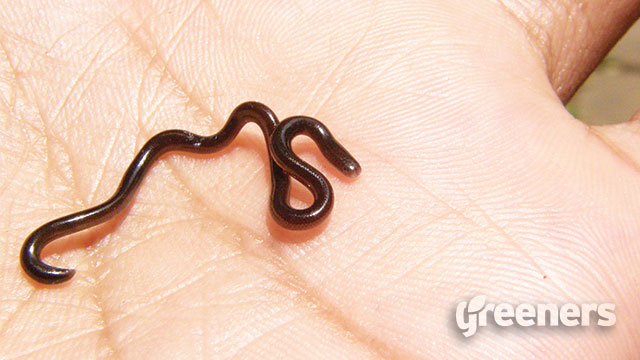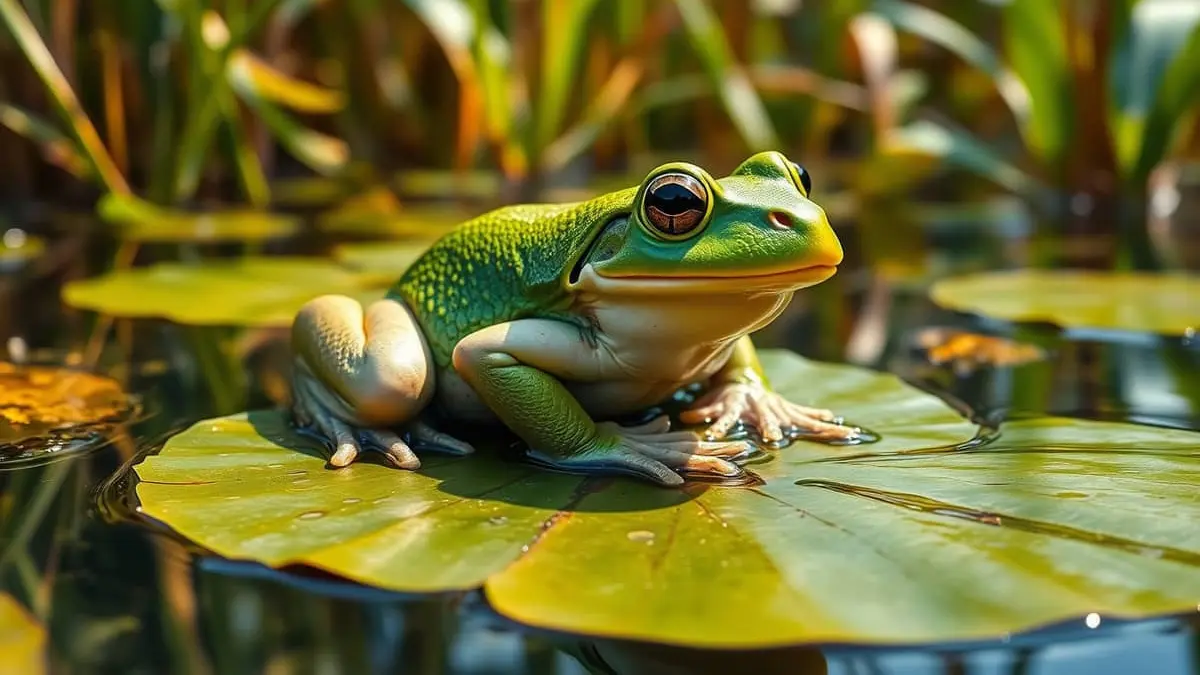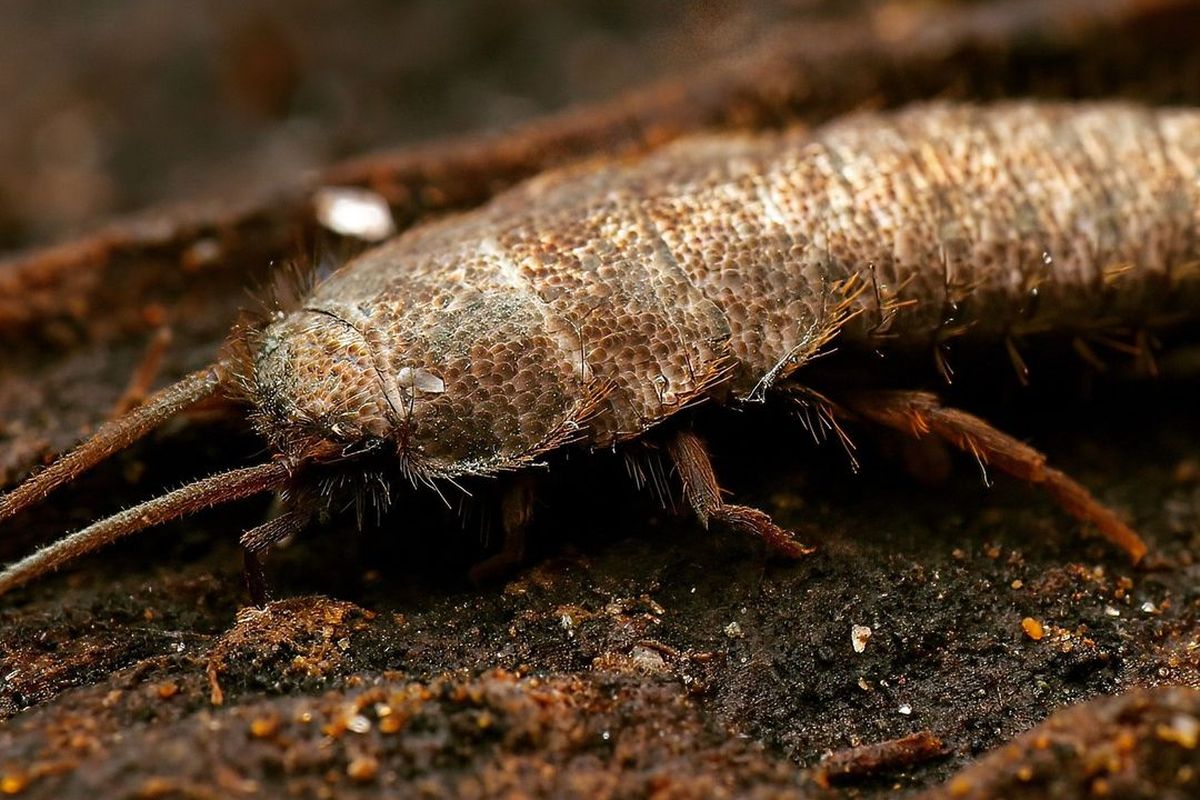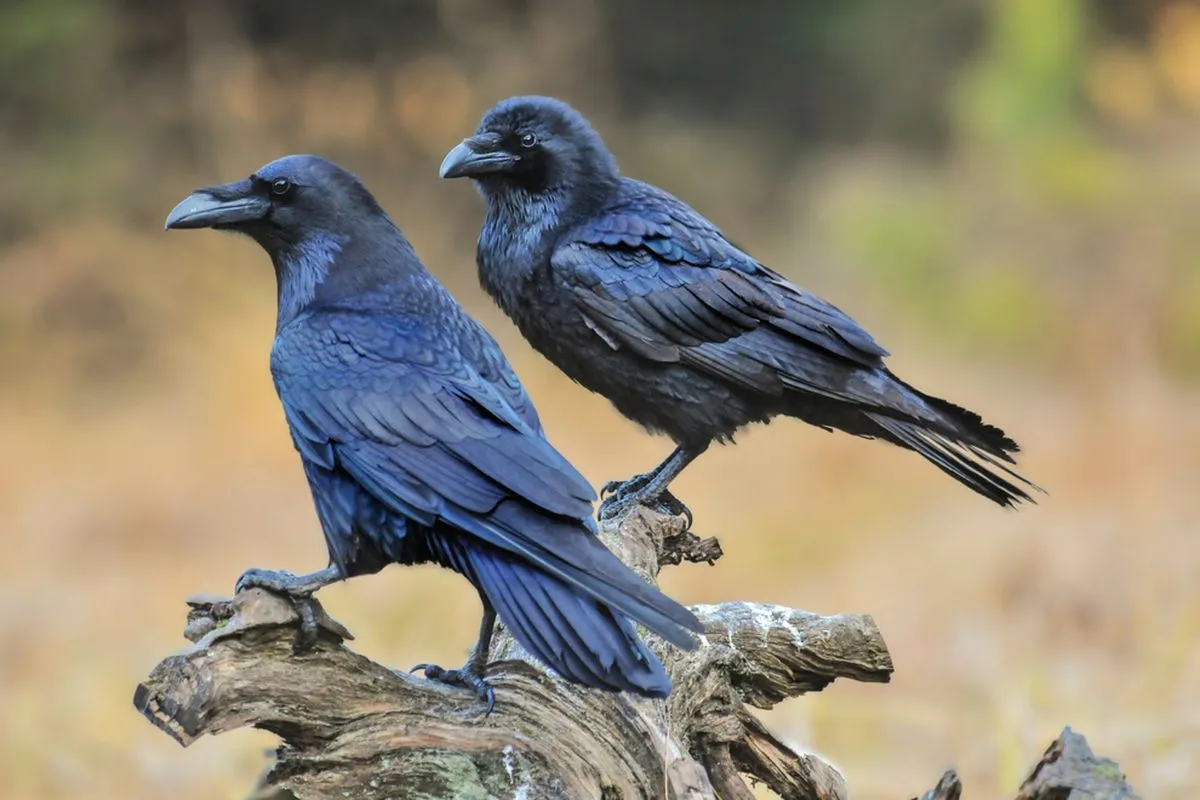Hewan Ular Kawat, commonly known as the Wire Snake, is a fascinating creature that captures the curiosity of biologists and nature enthusiasts alike. This species is distinguished by its unique physical features, intriguing behaviors, and its role within its natural habitat. Despite its relatively obscure status in the scientific community, Hewan Ular Kawat offers valuable insights into the diversity of reptilian life and the complex ecosystems it inhabits. Understanding this snake’s characteristics, habits, and the challenges it faces is essential for appreciating its importance and ensuring its conservation. In this article, we explore the many facets of Hewan Ular Kawat, from its origins to future research directions, providing a comprehensive overview of this intriguing species.
Overview of Hewan Ular Kawat and Its Origin
Hewan Ular Kawat is a species of snake native to certain regions in Southeast Asia. Its name, which translates to "Wire Snake" in English, derives from its slender, elongated body that resembles a piece of wire or fine metal wire. The origins of this species are believed to date back thousands of years, evolving in response to specific environmental pressures within its habitat. It is part of the reptile class, belonging to the family of colubrids, which are known for their adaptability and widespread distribution.
The evolutionary history of Hewan Ular Kawat suggests it adapted to a niche environment that required both agility and stealth. Its lineage is closely related to other slender, non-venomous snakes, but its distinctive physical features set it apart. The species’ distribution is mainly concentrated in dense forests, riverbanks, and shrublands where its specialized behaviors and physical adaptations allow it to thrive. Its origin story is intertwined with the ecological dynamics of its habitat, reflecting a long process of natural selection that has optimized its survival strategies.
Although the precise evolutionary timeline remains under study, fossil records and genetic analysis indicate that Hewan Ular Kawat has maintained a relatively stable presence in its region. Its origin is linked to the broader evolutionary history of Southeast Asian serpents, which have diversified significantly over millennia. Conservation efforts and habitat preservation are crucial in maintaining the continuity of this species, as habitat loss threatens its long-term existence.
Understanding the origin of Hewan Ular Kawat helps contextualize its ecological niche and evolutionary adaptations. It provides insights into how snakes can evolve unique physical traits and behaviors suited to specific environments. As research progresses, scientists hope to uncover more about its ancestral roots and the factors that have shaped its current form. Such knowledge is vital for developing effective conservation strategies tailored to its ecological and biological needs.
The origin story of Hewan Ular Kawat underscores its importance as part of the rich tapestry of Southeast Asian biodiversity. Recognizing its evolutionary background aids in fostering a greater appreciation for the complexity of reptilian adaptation and survival in diverse habitats. It also highlights the importance of protecting the natural environments that serve as the cradle for such unique species.
Physical Characteristics and Unique Features of Hewan Ular Kawat
Hewan Ular Kawat is characterized by its remarkably slender and elongated body, which can measure up to several meters in length. Its body is smooth, devoid of prominent scales, and exhibits a metallic sheen that gives it a wire-like appearance, hence the name "Wire Snake." This reflective quality is a distinctive feature, often shimmering under sunlight and aiding in camouflage within its dense habitat. Its coloration is typically muted, with shades of brown, gray, or silver, allowing it to blend seamlessly with the surrounding environment.
One of the most unique features of Hewan Ular Kawat is its head, which is proportionally small compared to its body. The head is streamlined, aiding in swift movement through narrow crevices and dense foliage. Its eyes are relatively small but highly perceptive, providing good vision essential for hunting and avoiding predators. The snake’s mouth is equipped with small, sharp teeth suitable for gripping and swallowing prey whole, consistent with its feeding habits.
This snake’s physical adaptations extend to its muscular structure. Despite its slender appearance, it possesses a well-developed musculature that enables rapid and agile movements. Its body flexibility allows it to coil and maneuver effortlessly around branches, rocks, and other obstacles in its environment. Its tail is also elongated and tapers gradually, aiding in balance and stability during movement.
The scales of Hewan Ular Kawat are minute and tightly packed, contributing to its smooth texture and sleek appearance. Unlike many other snakes, it lacks prominent patterning or markings, which enhances its ability to remain inconspicuous. Its overall physical design emphasizes stealth, speed, and adaptability, making it an effective predator and survivor in its habitat. The combination of these features makes Hewan Ular Kawat a marvel of evolutionary design.
Furthermore, recent studies suggest that the snake’s body structure may also serve a thermoregulatory function, helping it maintain optimal body temperature in varying environmental conditions. Its unique physical features not only distinguish it from other snakes but also underscore its specialization for a life of stealth and agility. This remarkable morphology exemplifies the complexity and diversity of snake adaptations across different ecological niches.
Habitat and Natural Environment of Hewan Ular Kawat
Hewan Ular Kawat predominantly inhabits dense tropical forests, riverbanks, and shrublands in Southeast Asia. Its preferred environment is characterized by thick foliage, abundant cover, and proximity to water sources, which provide both shelter and hunting grounds. The snake’s slender body allows it to navigate through narrow crevices, fallen leaves, and dense undergrowth with ease, making these habitats ideal for its survival.
Within its habitat, Hewan Ular Kawat tends to occupy areas with high humidity and relatively stable temperatures. These conditions support its physiological needs and facilitate its activity cycles. It is often found basking on rocks or branches during the day and becoming more active at dusk or during the night, which helps it avoid predators and extreme daytime heat. Its nocturnal behavior is well-suited to the shaded, cool environments of its habitat.
The natural environment of Hewan Ular Kawat is rich in biodiversity, featuring a variety of prey such as small amphibians, lizards, and insects. The dense vegetation provides ample hiding spots, reducing its vulnerability to larger predators like birds of prey, larger snakes, and mammals. The proximity to water bodies also supports a diverse ecosystem, offering additional prey options and facilitating dispersal across its range.
Human activities, such as deforestation and land conversion for agriculture or urban development, threaten the integrity of Hewan Ular Kawat’s natural environment. Habitat fragmentation reduces available shelter and hunting grounds, leading to population declines. Conservation efforts aimed at preserving forested areas are crucial for maintaining the ecological balance that supports this species. Protecting its habitat not only benefits Hewan Ular Kawat but also sustains the broader ecosystem.
Climate factors also influence its habitat, with changes in rainfall patterns and temperature potentially impacting its distribution and behavior. As global climate change progresses, shifts in habitat conditions may force Hewan Ular Kawat to adapt or migrate to new areas, which could pose additional challenges. Protecting the natural environment of this snake is essential for ensuring its long-term survival and the health of the ecosystems it inhabits.
In summary, Hewan Ular Kawat thrives in complex, humid, and densely vegetated environments that provide shelter, food, and breeding grounds. Its habitat preferences highlight the importance of forest conservation and habitat connectivity to support its ecological needs. Understanding its natural environment is key to developing effective conservation strategies and ensuring the resilience of the ecosystems it is a part of.
Behavior and Movement Patterns of Hewan Ular Kawat
Hewan Ular Kawat exhibits a range of behaviors adapted to its environment, primarily characterized by its agility and stealth. Its movement is fluid and rapid, enabling it to swiftly navigate through dense vegetation, narrow crevices, and watercourses. This snake’s slender body and muscular build allow it to coil, slide, and climb with remarkable dexterity. It often employs a combination of crawling and slithering movements to pursue prey or evade threats.
This species is predominantly nocturnal, engaging in most of its activities during the night when it is less vulnerable to predators and environmental extremes. During this time, it searches for food, mates, and suitable hiding spots. During the day, Hewan Ular Kawat tends to remain hidden under leaf litter, rocks, or within hollow logs, conserving energy and avoiding predators. Its behavior reflects an adaptation to the competitive and predator-rich environment of its habitat.
In terms of social behavior, Hewan Ular Kawat is generally solitary, with individuals maintaining their own territories. However, during the breeding season, males may engage in combat or display behaviors to attract females. These interactions are often characterized by ritualistic posturing and limited physical confrontations. The snake’s reproductive behavior is influenced by environmental cues such as temperature and humidity.
The movement patterns of Hewan Ular Kawat also include seasonal migrations within its habitat, often driven by prey availability and reproductive needs. It tends to establish home ranges that it actively patrols and defends from intruders. Its ability to move efficiently through complex terrain helps it locate resources and avoid danger. Its agility and speed are crucial for survival in the competitive ecosystems of Southeast Asia.
Additionally, Hewan Ular Kawat exhibits behaviors related to thermoregulation, such as basking in sunlit areas during cooler periods and seeking shade during hotter times. Its activity levels are closely tied to environmental conditions, with temperature and humidity influencing its movement and hunting strategies. These behavioral adaptations demonstrate its capacity to thrive amidst the challenges of its habitat.
Understanding its behavior and movement patterns is vital for conservation efforts, as it informs habitat protection and management strategies. Recognizing the times and conditions under which the snake is active can aid in monitoring populations and reducing human-wildlife conflicts. Overall, Hewan Ular Kawat’s behavior exemplifies a finely tuned adaptation to its ecological niche, ensuring its survival in a dynamic



